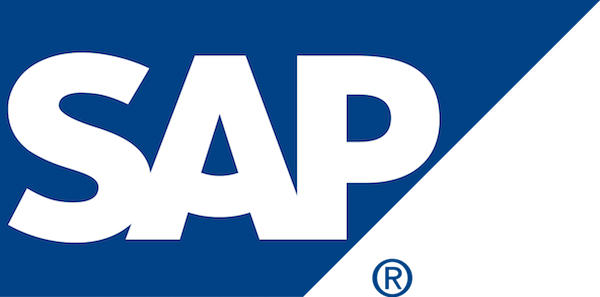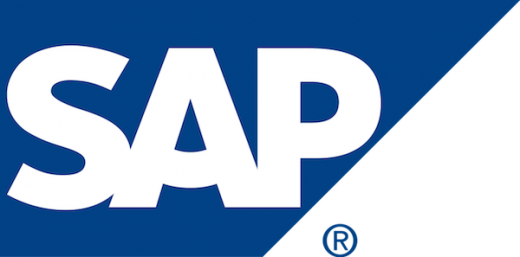SAP is crossing the CDP finish line
SAP’s CDP, available in November, will connect front and back-office data.

With Salesforce making a splash earlier this month, announcing the general availability of its 360 Audiences CDP, the announcement of SAP’s global CDP launch came out of the gate more quietly, just a few days later. This adds SAP to the list of enterprise customer experience suites to announce CDP capabilities over the past year (a list which also includes Adobe and Oracle).
The CDP will ingest customer data from any source within the organization, and resolve it into customer profiles, and offer the ability to segment and activate the data in real time, supporting in-the-moment personalization.
Like Salesforce, SAP has invested a considerable time in developing this capability: it was announced at CX Live in Orlando, Florida in May 2019. We discussed details with one of the CDP’s main architects, Adrian Nash, Head of Strategy at SAP Customer Experience, and formerly of Gigya, which SAP acquired in late 2017.
SAP’s CDP journey. “We’ve been thinking about his for several years now,” he said, “but from last year we really put a lot of effort behind it from an engineering perspective.” The CDP will actually be generally available around the end of November, but selected customers have been using it since August and offering early adoption feedback.
At the core of the CDP is technology which originated with Gigya, historically a B2C-scale first party identity solution. “Gigya authorizes and connects people to brands across digital properties,” Nash said, “and the idea, even back in 2017, was to expand that scope and think about other sets of data that organizations have. So it’s using that base from what was Gigya, and expanding it out to the more holistic data that an enterprise may have. You can enrich second and third-party data, but it’s first-party data first, and privacy from day one.”
“We built this organically, rather than looking at the market, because we wanted a platform that could span the different systems of engagement that we have in CX, and connect with the back-office data in SAP — whether that’s order updates from an S4 system, opening a service in ticket in a CRM, or experience data from Qualtrics, but also data that could be used for marketing.” S4/HANA is SAP’s very widely used intelligent ERP; Qualtrics was a CX management vendor SAP acquired last year.
Identities by the billion. Most of the major CX suites have built CDPs natively (Acquia is an exception with its acquisition of AgilOne), and that seems to have been a considerable technical challenge. “It needs to deal with mass scale at near real-time,” Nash reflected. “CDPs have only really been possible in the last few years. Maybe four years ago, they were seen as a way for a marketer to bypass the backlog of IT. That was great for the SMB market. However, in the enterprise space, there’s a complexity of data. I was talking to one customer that has 250 million known identities and four billion consent identities. You can only deal with that with technology that has been set for that kind of scale. That’s why it’s been a challenge, but also why it made sense to come from a Gigya background.”
SAP Customer Data Cloud (Gigya) now handles three billion identities, plus seven and a half billion consent transactions, said Nash.
Sources of data. The ingestion of second and third party data is a feature of the GA release in November, Nash confirmed. It includes resolving that data to a unified customer profile: “On top of that, we have real-time segmentation and audience management, audience activation, and journey activation. And you can use that data to provision in a CRM or in the back-office, which is something you can’t do in a marketing-focused CDP because the data quality can be unreliable from an operational sense. Longer-term, we’re thinking about expanding the eco-system of connectors, and maturing the analytics capabilities but really the first release is about better data management, activation, and privacy.”
Some connectors are immediately available, based on the expressed needs of the customers who trialed the CDP: “So from day one, we’ll have Adobe Campaign as well as SAP Commerce, and we have a priority list that’s about one hundred long.” But SAP also offers a connector studio, Nash explained, where customers can not only create their own connectors, but have the option of sharing them with other customers.
Why we care. With SAP joining Adobe, Oracle and Salesforce in putting a natively built CDP at the core of its operations, any CX suite with enterprise aspirations will surely need to offer similar capabilities. Given the challenges and timescale of these developments, some independent CDPs might be ripe for acquisition.
This story first appeared on MarTech Today.
Marketing Land – Internet Marketing News, Strategies & Tips
(4)



